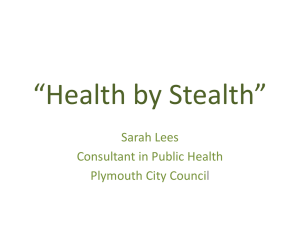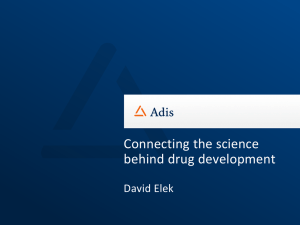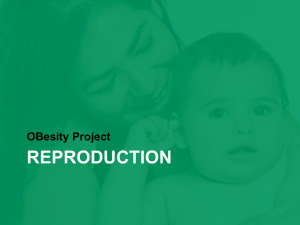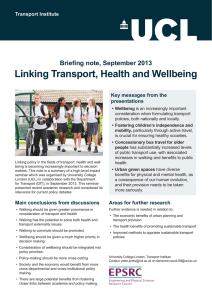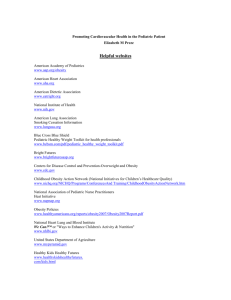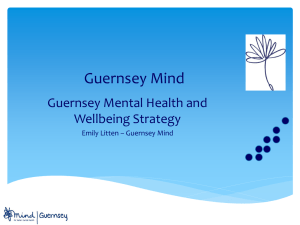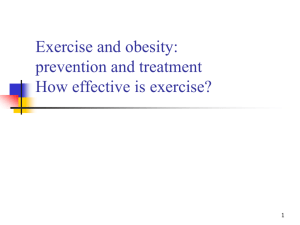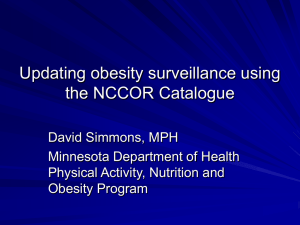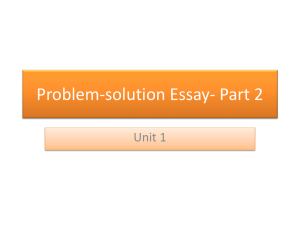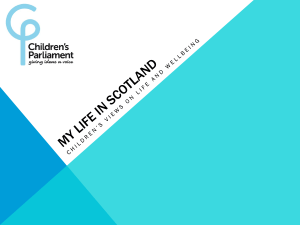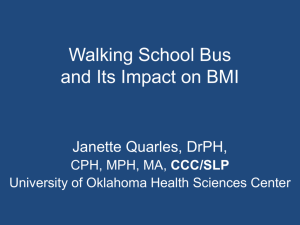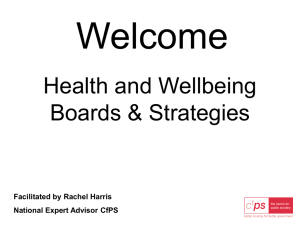Social Determinants of Health and Wellbeing
advertisement
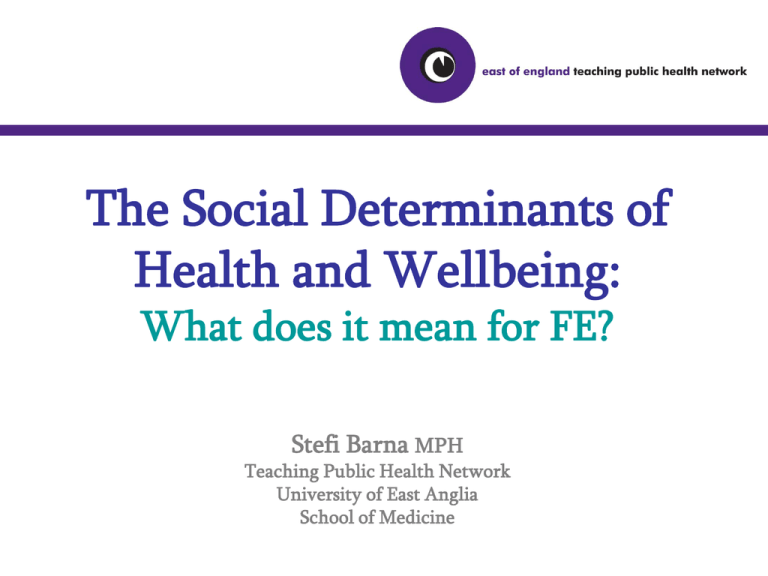
The Social Determinants of Health and Wellbeing: What does it mean for FE? Stefi Barna MPH Teaching Public Health Network University of East Anglia School of Medicine Healthy ‘Settings’ “Health is created and lived by people within the settings of their everyday life; where they learn, work, play and love.” WHO, 1986 Healthy Schools, Universities, Workplaces, Prisons Barton and Grant (2006) based on Whitehead & Dahlgren (1991) A Sample of Workforces with the Potential to Influence Determinants of Health Political and Global Leaders, Scientists, Business Leaders Waste management, Gardeners, Landscapers Restaurant owners, Transportation departments, Taxi drivers, Bus drivers, Teachers, Business owners/Employers, Airline workers/ Pilots, Engineers, Scientists Religious leaders, Local Leaders, School teachers The Health Map. Barton & Grant 2006 Based on a public health concept by Whitehead & Dahlgren. The Lancet 1991 Architects, Traffic engineers, Electricians, Plumbers, Builders Employers, Businessmen, Employees, Bankers Families, Friends, Extended Families, Doctors, Nurses, Pharmacists National Healthy FE Programme • Strategic, co-ordinated, corporate ‘whole college’ approach • Not new initiatives or bureaucracy; rather, build on the health and wellbeing services already offered • College-generated: identify priorities and develop local service and community partnerships to address them http://www.excellencegateway.org.uk/hfep Health & Sustainability in Further Education Climate Change and Health “Climate change the biodiversity loss are the biggest health threats of the 21st century” Lancet 2008 "Climate change is the cholera of our era" NHS Chief Knowledge Officer, 2009 Climate Change and Health • Climate change and peak oil • Health improvement and low-carbon agendas: ‘Health Co-benefits’ • Adaptation and Mitigation ‘…to improve our country’s health in a sustainable way (a)ctions in two areas are particularly important: diet and exercise.’ CMO, 2009 Annual Report ‘Climate Change & Health’ Active Travel Sustainable Food Active Travel Health gains from walking and cycling Obesity: risk correlates with time spent in a car; walking or cycling to school or work is one of the most consistent ways to increase physical activity. Cardiovascular disease: walking >1.5 miles per day is associated with a 50% lower risk of myocardial infarction in older men Mental health: regular exercise is effective in the prevention and treatment of depression Road deaths: accident rates go down when walking and cycling rates go up Air quality: reduced emissions from car travel reduce cardiovascular and respiratory morbidity Noise reduction: road traffic noise is associated with hypertension Sustainable food Health gains Eating (and buying) fewer calories: lower risk of obesity, diabetes, cardiovascular disease Less red and processed meat: lower risk of obesity, colon cancer Less processed food, more vegetables and grains: lower risk of obesity, hypertension, healthy bowel Locally sourced, seasonal food: better nutritional status, boost local employment Breastfeeding: protects babies against infection, obesity, asthma, diabetes Sustainable Food How FE can support it 1. Health education: make the link between environmental and health benefits If everyone in the UK stopped eating meat 1 day a week, the greenhouse gas savings would be equivalent to taking 5 million cars off the road 2. Sustainable food procurement local, fair trade 3. Healthy and sustainable menus What does it all mean for FE? Regional Workforce: We need a skilled workforce, across disciplines, with the capacity to stop people falling in ‘upstream’ Synergy with Other Agendas: Take a holistic, ecological, strategic approach (health, sustainability, fiscal and corporate responsibility) Student & Staff Experience: Setting student habits for life; supporting staff health How does the work you do affect people’s health and wellbeing? In what ways might your students go on to influence health through their work? How does your college currently affect (positively and negatively) the community’s health and wellbeing? www.eetphn.org Stefi Barna s.barna@uea.ac.uk Fiona Wilson fiona.r.wilson@uea.ac.uk
